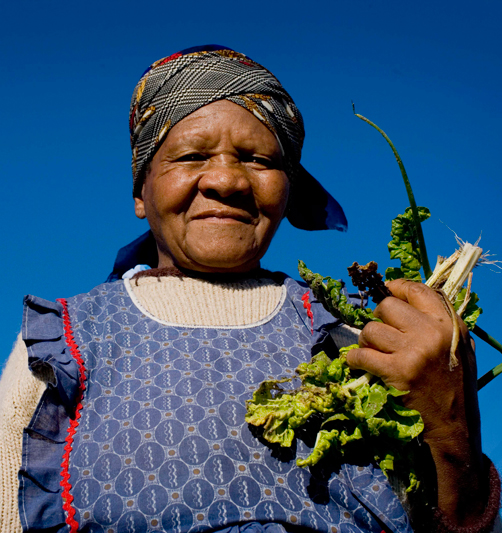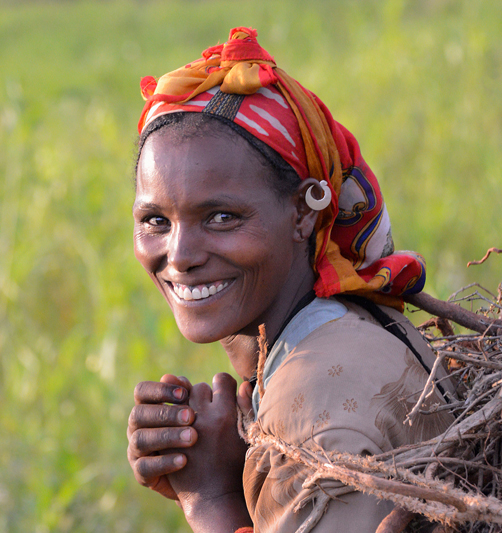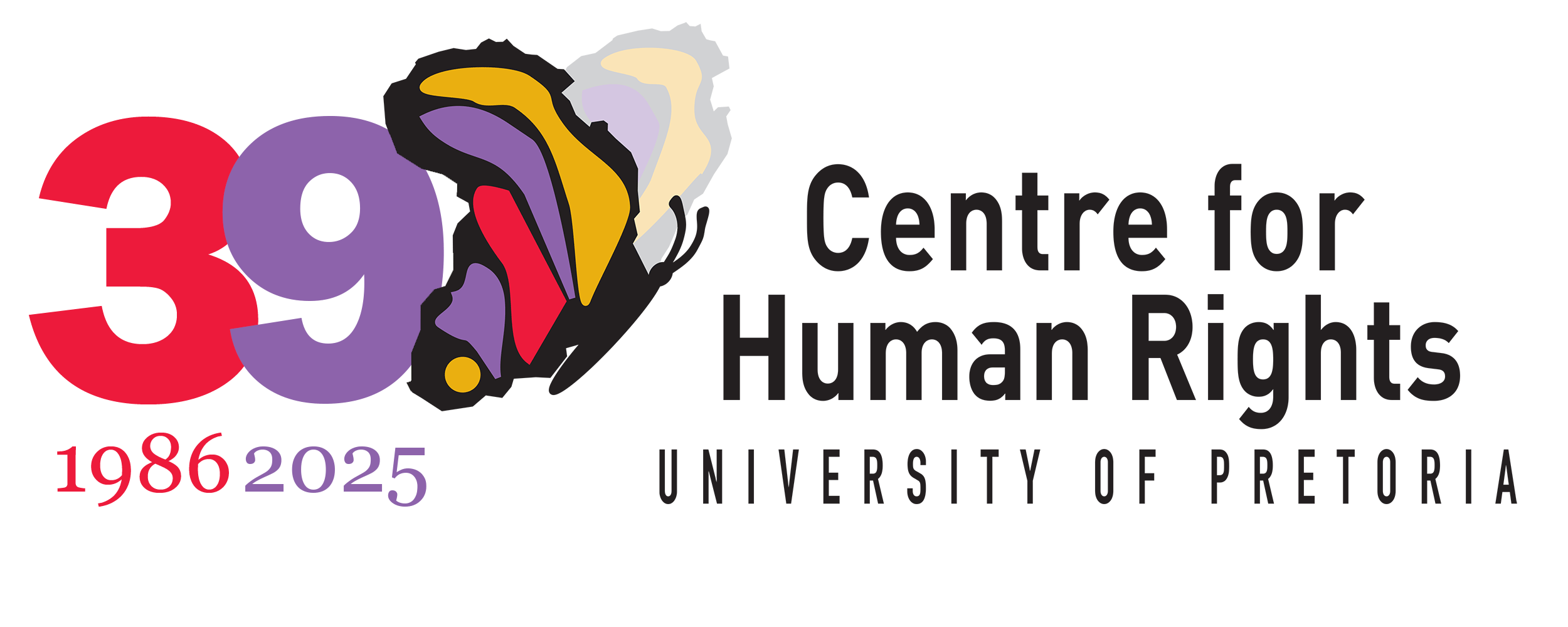
The African Charter on Human and Peoples’ Rights
(African Charter)
The regional African human rights system is based on the African Charter on Human and Peoples’ Rights (the African or Banjul Charter), which was finally adopted by the Organization of African Unity (OAU) assembly on 28 June 1981. After ratifications by the absolute majority of member states of the OAU, the Charter came into force on 21 October 1986. By 1999, the African Charter had been ratified by all the member states of the OAU.
African Charter on Human and Peoples’ Rights (English)African Charter on Human and Peoples’ Rights (French)
African Charter on Human and Peoples’ Rights (Portuguese)
African Charter on Human and Peoples’ Rights (Arabic)

Protocol to the African Charter on Human and Peoples Rights on the Rights of Women
(The Maputo Protocol)
The Protocol to the African Charter on Human and People’s Rights on the Rights of Women in Africa, known as the Maputo Protocol was originally adopted by the Assembly of the African Union (AU) in Maputo, Mozambique on July 11, 2003. The Maputo Protocol was drafted by Africans for Africans. The Maputo Protocol speaks about the contextual realities of girls and women in Africa.
